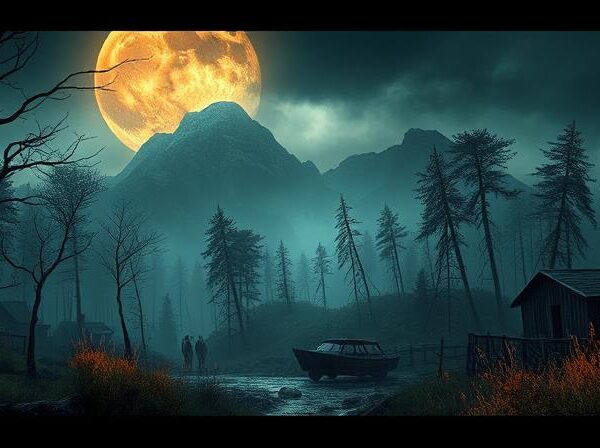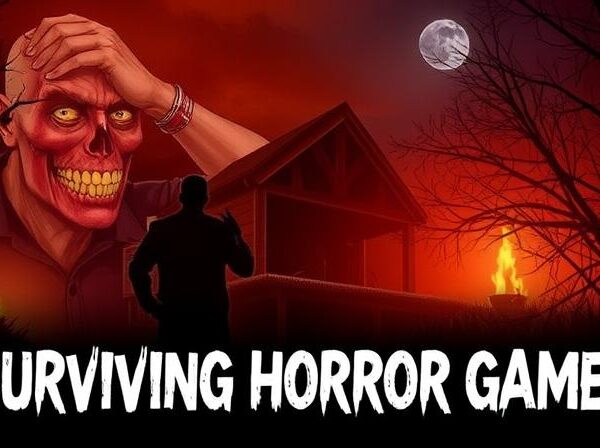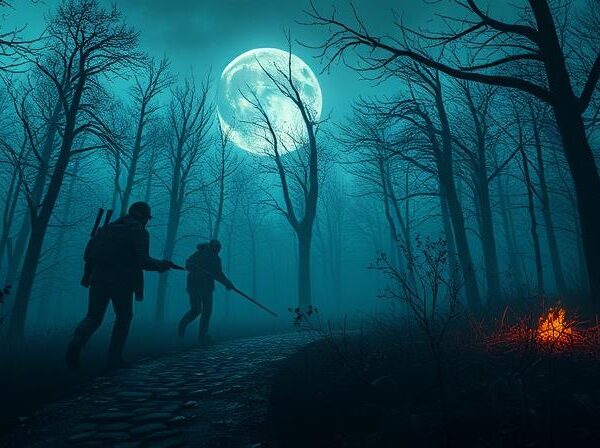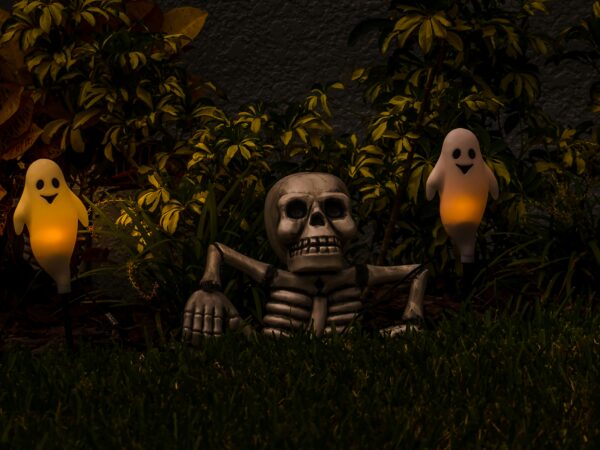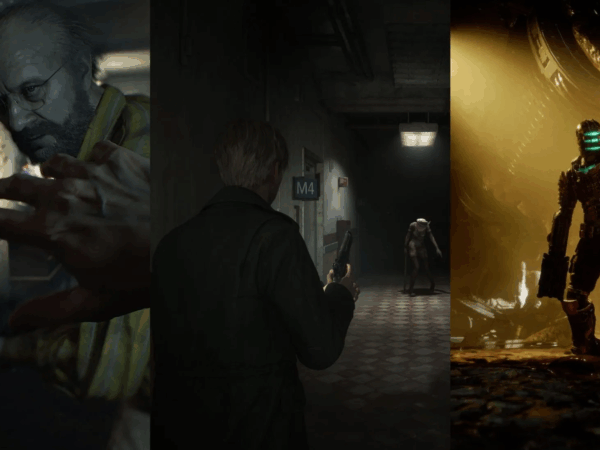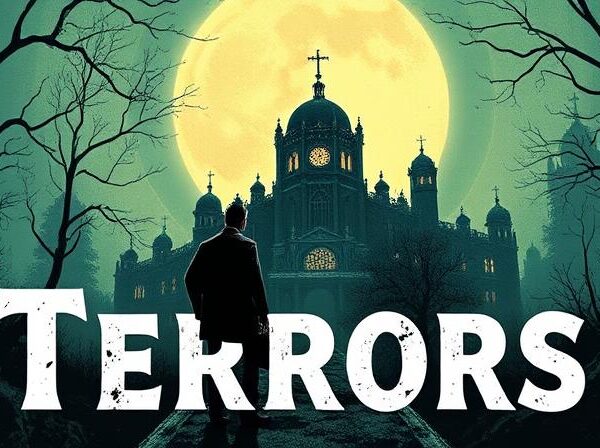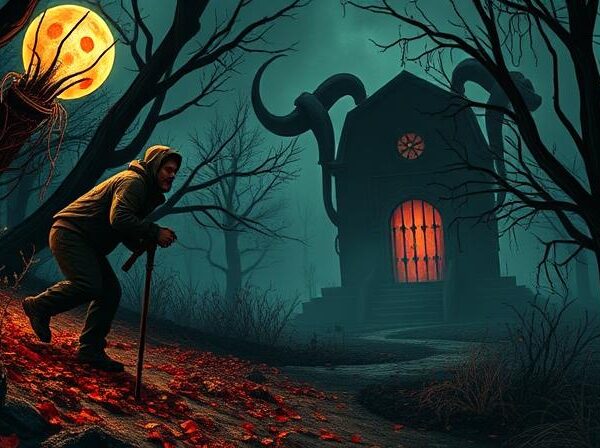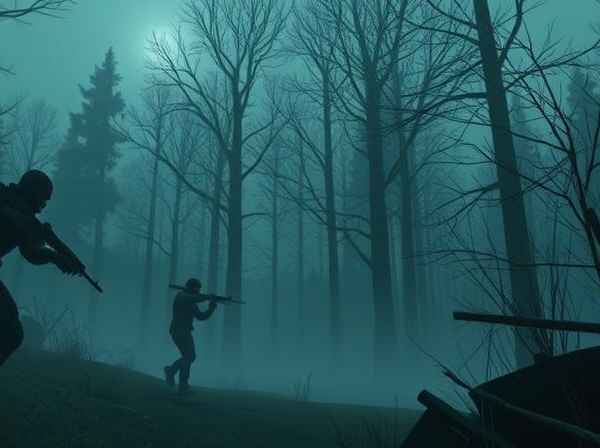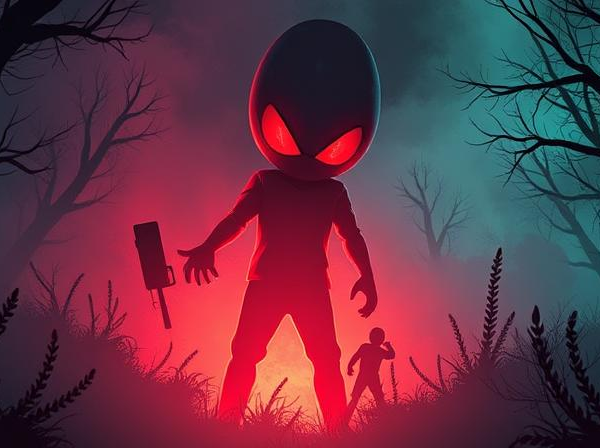The Evolution of Survival and Horror Games: A Timeline
Early Inspiration: The Origins of Survival and Horror Games
One of the earliest inspirations for survival and horror games can be traced back to classic literature and folk tales that have long captivated audiences with tales of fear and suspense. Stories like Mary Shelley’s “Frankenstein” or Bram Stoker’s “Dracula” laid the groundwork for the themes of survival and horror that would later become central to the gaming genre. These literary works often involved protagonists who were faced with daunting challenges and had to rely on their wit, cunning, and limited resources to navigate through dangerous situations.
Additionally, the popularity of horror films in the early 20th century also played a significant role in inspiring the creation of survival and horror games. Movies like “Nosferatu” and “The Cabinet of Dr. Caligari” were renowned for their eerie atmosphere, tense storytelling, and the ability to evoke feelings of terror in their audiences. The success of these films demonstrated that people had a genuine interest in being scared and challenged, laying the foundation for game developers to explore these themes and adapt them into interactive experiences.
Pioneering Titles: Breaking Ground in the Genre
Responsible for carving the path for future games in the genre, pioneering titles in the survival and horror genre brought unique and innovative elements to the gaming landscape. These games defied traditional gaming conventions by introducing gameplay mechanics that emphasized resource management, limited player agency, and suspenseful atmospheres. Similar to the genre itself, these pioneering titles originated from various genres, such as action-adventure, role-playing, and first-person shooter, blending different elements to create a distinct and immersive experience.
One notable example is the iconic “Resident Evil” series, developed by Capcom and released in 1996. Set in a zombie-infested mansion, the game captivated players with its gripping storyline, cinematic presentation, and a sense of constant tension. “Resident Evil” introduced the concept of limited resources, forcing players to carefully manage ammunition, health items, and inventory space. Furthermore, its fixed camera angles and pre-rendered backgrounds heightened the suspense, leading to a pulse-pounding experience unlike anything seen before in the gaming world. With its success, “Resident Evil” proved that survival horror games could be both terrifying and commercially successful, paving the way for future titles in the genre.
Technological Advancements: How Graphics and Gameplay Evolved
The advancement of technology has had a profound impact on the evolution of graphics and gameplay in survival and horror games. From their humble beginnings, these games have undergone remarkable transformations that have pushed the boundaries of what is visually and mechanically possible.
In the early days, survival and horror games featured simple, pixelated graphics that relied heavily on the player’s imagination to fill in the gaps. However, as technology progressed, developers were able to create more vibrant and realistic visuals. From the introduction of 3D graphics to the implementation of sophisticated lighting effects, players were transported into immersive and visually stunning worlds. This enhancement in graphics not only made the environments more believable but also intensified the feeling of suspense and fear, immersing players deeper into the horror and survival experience. Additionally, gameplay mechanics evolved alongside graphic advancements, allowing for more complex and dynamic interactions with the environment and the inhabitants of these virtual worlds. Game developers continuously pushed the boundaries of what was possible, leading to innovative gameplay elements that brought fresh challenges and experiences to players.
The Birth of Survival Horror: A New Subgenre Emerges
The birth of survival horror marked a significant turning point in the gaming industry. Emerging in the early 1990s, this new subgenre introduced players to intense experiences that combined elements of survival and horror, creating a unique and immersive gameplay experience. With limited resources and a focus on strategic decision-making, these games challenged players to navigate through dark and atmospheric environments while encountering terrifying creatures and solving intricate puzzles.
Pioneering titles such as “Resident Evil” and “Silent Hill” laid the foundation for survival horror games, defining the genre’s distinctive characteristics. These games introduced a sense of vulnerability by limiting players’ ammunition and health supplies, increasing the tension and forcing them to carefully choose their actions. The immersive atmosphere, complemented by haunting sound design and atmospheric visuals, further enhanced the feeling of fear and dread. As the genre gained popularity, game developers began to experiment with psychological horror elements, delving into the depths of the human mind and presenting players with deeply disturbing experiences beyond mere jump scares.
Gameplay Mechanics: From Limited Resources to Strategic Decision-Making
Limited resources have always been an integral part of survival and horror games. In the early days, players would often find themselves scrounging for ammunition, health packs, and other essential items in order to stay alive. This scarcity of resources added an extra layer of challenge and tension to the gameplay, forcing players to carefully consider their every move and prioritize their needs. It also encouraged strategic decision-making, as players had to determine the most efficient way to utilize their limited resources to progress in the game.
As technology advanced, the mechanics of limited resources in survival and horror games evolved as well. Developers began to implement more realistic inventory systems, where players had limited space to carry items and had to constantly make tough choices about what to keep and what to leave behind. This added another level of complexity to the strategic decision-making process, as players had to consider not only what resources they needed in the immediate moment, but also what they might need later in the game. Moreover, the inclusion of crafting systems allowed players to use their available resources to create new items, providing them with even more options and ways to strategize in order to survive.
Psychological Horror: The Shift from Jump Scares to Deeply Disturbing Experiences
The horror genre has always been known for its ability to elicit fear and suspense in its audience. In the early years, jump scares were a common tactic utilized by horror games to startle players and create a sense of immediate terror. However, as the genre has evolved, there has been a notable shift towards a more psychologically disturbing experience.
Instead of relying solely on jump scares, modern psychological horror games aim to unsettle players on a deeper level. These games often delve into the realms of the human psyche, exploring themes such as fear, paranoia, and the uncanny. By employing disturbing imagery, atmospheric sound design, and intricate storytelling, these games create an atmosphere that lingers long after the credits roll. Furthermore, the focus on psychological horror allows players to truly immerse themselves in the experience, engaging not only their senses but also their emotions and intellect.
Open World Exploration: Expanding the Horizons of Survival Games
Open world exploration has become a pivotal aspect of survival games, pushing the boundaries of the genre and providing players with a sense of freedom and immersion like never before. Players are no longer confined to linear paths or restricted environments; they can now venture into vast and diverse worlds, uncovering hidden treasures, encountering dangerous creatures, and forging their own path to survival. This open-ended approach allows for a more personalized experience, as players can choose their own objectives and tackle challenges in their own unique way.
With the introduction of open world exploration, survival games have evolved into immersive and expansive experiences. Players can now traverse sprawling landscapes, from dense forests to desolate wastelands, each with its own set of dangers and opportunities. They can scavenge for resources, build shelters, and even establish communities, adding a layer of realism and strategic decision-making to the gameplay. The possibilities are endless, as players can spend hours upon hours exploring every nook and cranny of these open worlds, constantly uncovering new surprises and testing their survival skills in a dynamic and ever-changing environment.
Multiplayer and Cooperative Gameplay: Surviving Together
Multiplayer and cooperative gameplay have transformed the way we experience survival and horror games. Gone are the days of venturing into the unknown alone; now, players have the option to join forces with friends or other players online. This added element of teamwork and collaboration adds an exciting dynamic to the genre, as players must work together to overcome challenges and survive the menacing environments they find themselves in.
One of the key benefits of multiplayer and cooperative gameplay is the sense of camaraderie it creates. Players can communicate and strategize with their teammates, pooling their resources and skills to increase their chances of success. Whether it’s coordinating a plan to distract an enemy or sharing limited supplies, the cooperative aspect of these games fosters a strong sense of unity and teamwork. Additionally, the ability to revive fallen teammates creates a sense of urgency and responsibility, further enhancing the bonds between players. In these games, there is strength in numbers, and surviving together becomes a shared triumph.
Virtual Reality: Immersive Horror Experiences in a New Dimension
The advent of virtual reality has opened up a whole new world of possibilities for horror game enthusiasts. With the ability to immerse oneself in a virtual environment, players can now experience fear and terror like never before. Virtual reality horror games provide a level of realism that traditional gaming platforms simply cannot replicate. From eerie atmospheres to strategically placed jump scares, developers have taken advantage of the technology to create deeply immersive and terrifying experiences for players.
One of the key aspects of virtual reality horror games is the sense of presence it provides. By wearing a VR headset, players are transported into a different reality, making them feel as if they are truly part of the game world. This heightened level of immersion intensifies the fear and suspense, as every creaking floorboard and distant whisper feels unnervingly real. The ability to physically turn your head to explore the environment adds an element of agency and control, further deepening the horror experience. As virtual reality technology continues to advance, we can expect even more innovative and chilling horror games that push the boundaries of fear and unease.
Future Trends: What Lies Ahead for Survival and Horror Games
The future of survival and horror games holds immense potential for innovation and evolution. With advancements in technology and gaming platforms, developers have the opportunity to create even more immersive and realistic experiences. One of the key trends that we can expect to see is the integration of virtual reality (VR) into survival and horror gaming. VR technology allows players to fully immerse themselves in the game world, heightening the sense of fear and suspense. The ability to physically interact with the game environment and experience it from a first-person perspective adds a whole new level of intensity to the genre.
Another trend that is likely to shape the future of survival and horror games is the growing popularity of multiplayer and cooperative gameplay. While the genre has traditionally focused on solitary experiences, the inclusion of multiplayer elements allows players to face the challenges together, fostering teamwork and collaboration. This adds a new dimension to the gameplay, as players must not only navigate the horrors of the game world but also rely on each other for survival. This shift towards cooperative play opens up exciting opportunities for developers to create unique and engaging multiplayer experiences within the survival and horror genre.


